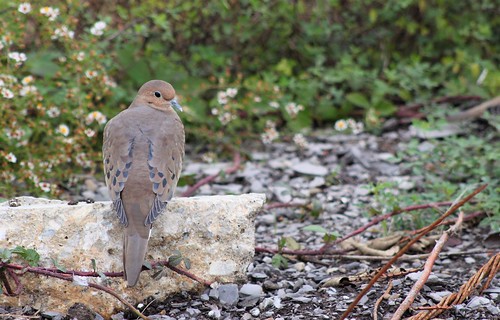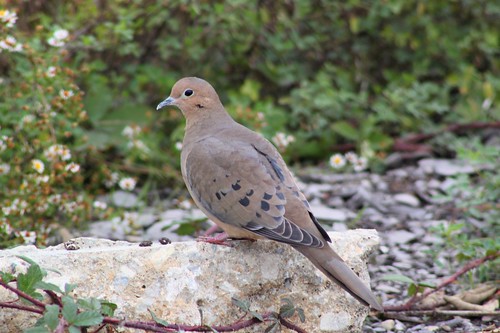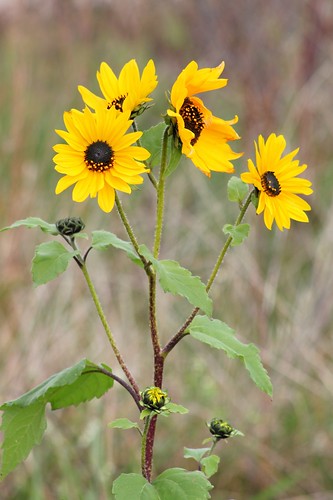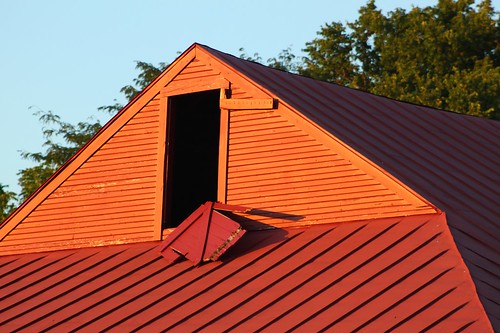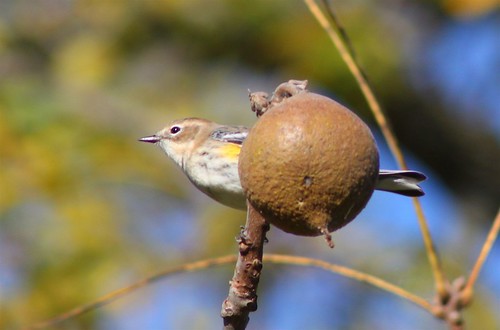Monday, October 31, 2011
Sunday, October 30, 2011
Louisville Birds
It is getting that time of year when the berries are becoming ripe on the exotic honeysuckle. I've read where the berries offer very little nutrition for the birds but they sure seem to devour it and defend their honeysuckle patches with determination. The two Northern Mockingbirds below were fighting over a small patch of honeysuckle berries.
A Northern Mockingbird on his territory...
...a rival is eying his honeysuckle patch...
...they take turns signaling to each other by flashing their tails...
Friday, October 28, 2011
Common Sunflower
 Posted in: Common Sunflower
Posted in: Common SunflowerMonday, October 24, 2011
Shepherdsville Birds
Sunday, October 23, 2011
Monday, October 17, 2011
Mussel Fatigue
For the last two weeks I have been working on a survey for endangered mussels in the Ohio River. I usually enjoy snorkeling in smaller streams for these mollusks, but in the big rivers commercial divers have to do the fun work. They descend up to 60 feet (usually more like 30) into the brown depths. Divers are tethered to a long hose called an “umbilical”, which supplies air from a compressor on a boat at the surface. They often find themselves with their umbilical tangled in submerged piles of trees in water that is so murky that they can’t see more than an arm’s length in front of their face. It’s definitely a job for the adventurous.
Unfortunately, my job on this trip was to sit on the boat listening to the compressor rumble and breath exhaust all day while waiting for divers to bring up mussels. After spending a few 12-hour days on the bottom of the Ohio, several of the divers took to calling the way they felt “mussel fatigue.” Over the course of several of these mussel surveys I’ve been genuinely impressed with the interest that divers begin to show for mussels. It seems that if you have the opportunity to get aquainted with freshwater mussels as something more than stationary filter feeders, you find a group of very colorful animals that have a very interesting life cycle. Apparently you don’t have to be a complete nature geek to appreciate them!
It is much harder for the average person to become aquainted with the mussels of the Ohio River today than it once was. According to a map drawn in 1797 this part of the river was once four feet deep. It was probably a relatively clear, gravel-bottomed run with strong current. It’s hard to imagine this nowadays when you’re standing on a boat looking at a 30-foot deep, brown pool. Humans dammed the river, dredged it, and cleared much of its watershed for the plow. Sediment from farm fields and other eroding areas continues to clog the gills of mussels (mussels breathe through gills—like fish). These developments, plus industrial chemicals, sewage, fertilizers, pesticides, and other pollutants were hard on mussels. As a result several mussel species went extinct, and many others are considered endangered. Sixty percent of the remaining 300 (approximately) species of freshwater mussels in the eastern United States (which is the most mussel-diverse place on earth) are considered to be imperiled (endangered or threatened at the state or federal level). The mussels are definitely fatigued. That’s why we were doing this particular mussel survey—to help steer dredging activities away from healthy mussel beds and places occupied by endangered species.
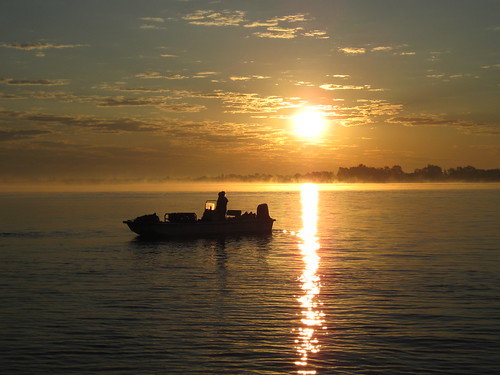
Divers prepare to begin a mussel survey at sunrise.

A boatload of mussels of many shapes and sizes. In the end, we found evidence (live mussels and dead shells) of 30 different mussel species in one stretch of river.

The pistolgrip, a common mussel species of Ohio River drainages.

The sheepnose, a species that is a candidate for the federal threatened and endangered species list.

A relict shell of the ring pink, a species that is almost extinct.

A relict shell from a group of mussels (genus Epioplasma) which are mostly extinct as a result of changes humans wrought on our waters.

A freshwater snail (hornsnail) that is covered with zebra mussels, an invasive mollusk that is choking many aquatic organisms. The snail can barely get out of its shell, and this isn't even a really bad case of zebra mussels.

Sunday, October 16, 2011
Fall Colors

Mums are also out right now...

It's pumpkin pickin' time! I really enjoy Gallrein Farm in Shelbyville. A small time farm with an abundance of charm.

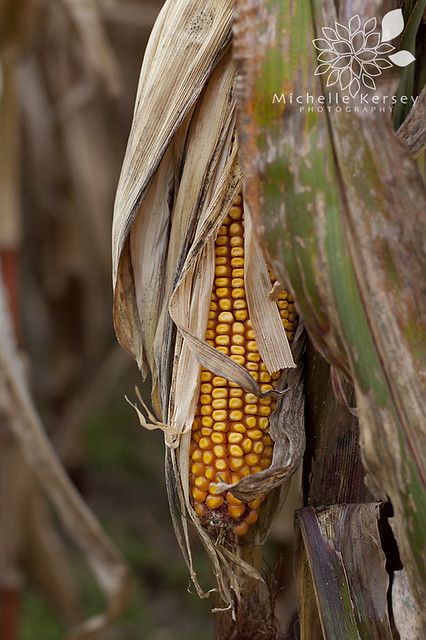
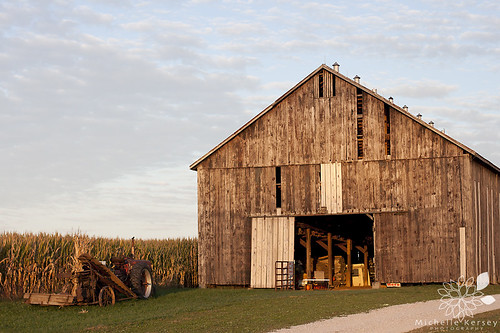
And my most favorite part of fall colors.... sunsets. I swear they're more brilliant in the fall!

Friday, October 14, 2011
Not so Itsy Bitsy Spider....
Oh, and sorry for the arachnophobic folks out there like myself.... I couldn't resist this rather large spiders beauty...

 Posted in: Spider
Posted in: SpiderWednesday, October 12, 2011
Itsy Bitsy Spider
Itsy Bitsy Spider from Ryan Ankeny on Vimeo.
 Posted in: Spider
Posted in: SpiderSaturday, October 8, 2011
Blackacre Nature Preserve in Louisville
This horse had burlap over its eyes. I don't know why. Maybe he gets nervous when he sees all the people staring at him. He was very gentle and sweet to us though. I think it gives the pictures an eerie touch.
I will definitely be going back to check out the rest of the estate and trails. Be sure to stop and say hello to the kids when you're there, and by kids I mean baby goats!
Thursday, October 6, 2011
Fall Warblers in Louisville
The three birds below gave me some trouble when trying to identify them. The first bird is clearly a Tennesse Warbler in winter plumage. It is tinged yellow all over and the eye-stripe give it away. The last two birds are a bit more difficult to ID but I am *pretty* sure they are Tennessee Warblers as well, just birds that are in various stages of molting into their winter plumage (or they could be something else entirely). If you think I am wrong be sure to leave a comment and set me straight. :)
Next, the only warbler that regularly spends the winter in Kentucky, the Yellow-rumped Warbler, affectionately known by some as "Butterbutts" for their bright yellow rump patch. I found a group feeding in some walnut trees this weekend along the Salt River in Shepherdsville. Check out World Bird Wednesday for more bird photos.



 9:21 AM
9:21 AM




